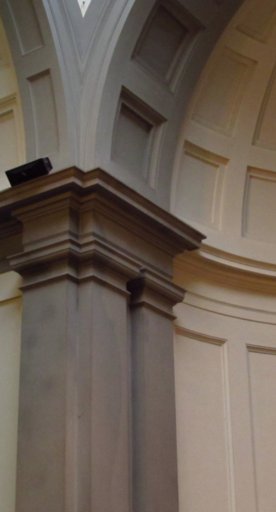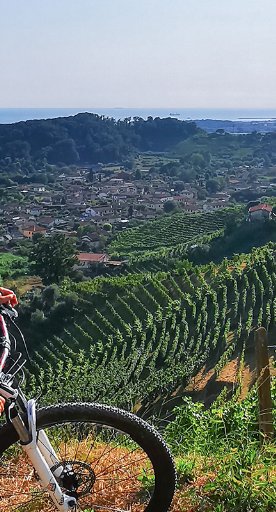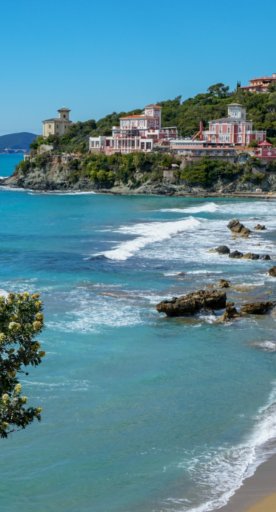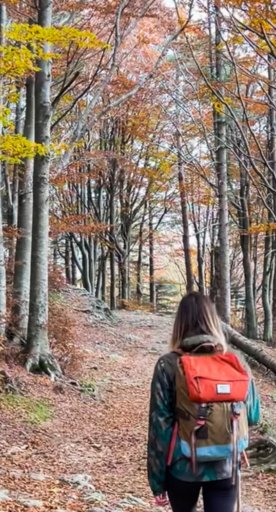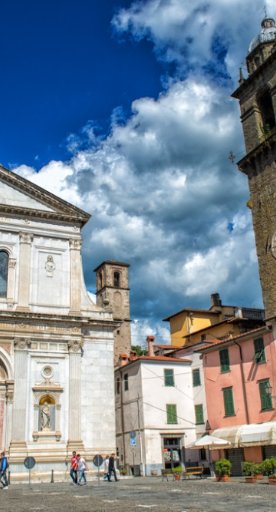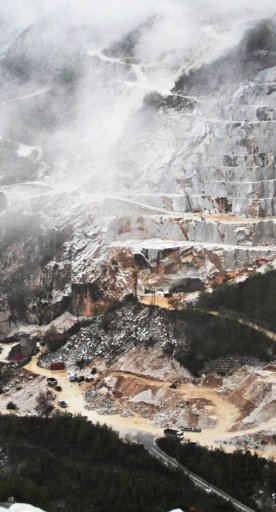

Accessible museums along the Apuan Riviera
A journey through art, tradition and inclusion
The Apuan Riviera enchants with its perfect balance of culture, nature and art, offering an authentic experience to those seeking beauty and tranquility.
In addition to the landscapes to admire, this land holds a rich historical heritage that invites you on a discovery of local traditions.
Increasingly oriented toward inclusivity, the Apuan Riviera welcomes a broad audience. Let’s look at the accessible museums without architectural barriers!
-
1.MudaC - Carrara Museum of Arts
-
2.CARMI - Carrara and Michelangelo Museum
-
3.Diocesan Museum in Massa
-
4.Apuan Ethnological Museum “Don Luigi Bonacoscia”
-
5.Museum Gigi Guadagnucci
MudaC - Carrara Museum of Arts
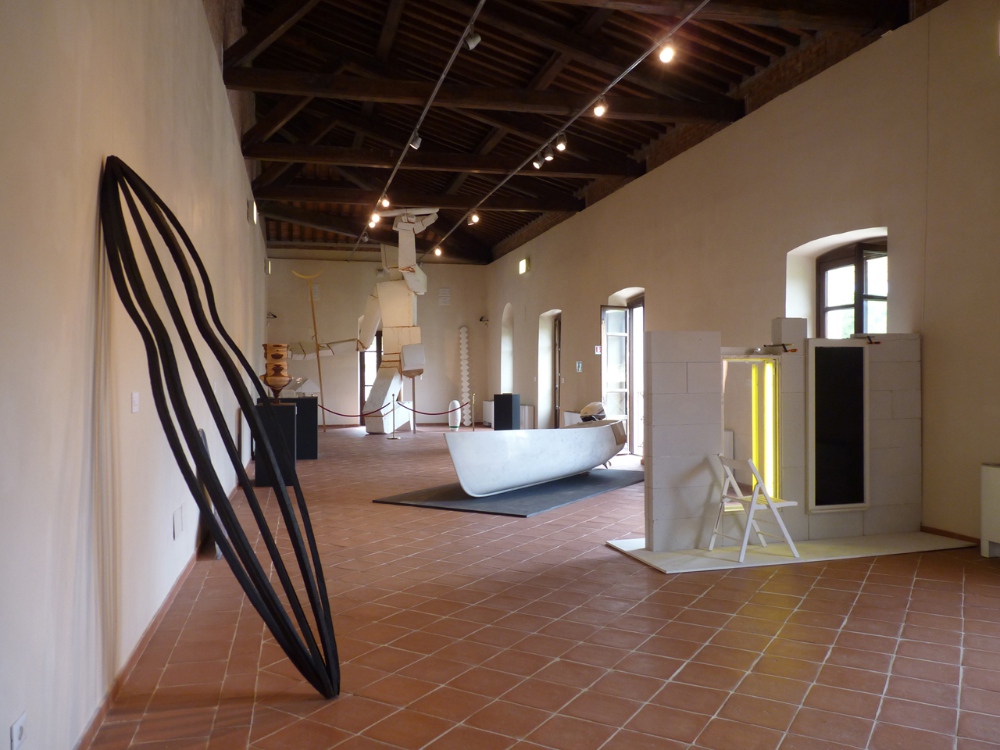
MudaC - Carrara Museum of Arts is dedicated to contemporary art and is housed in the former Convent of San Francesco, a 17ᵗʰ-century Baroque building.
The Museum’s collection includes works acquired during editions of the Carrara International Sculpture Biennale, private donations and creations made by international artists who have explored the expressive possibilities of marble. MudaC chronicles Carrara’s artistic evolution, highlighting the city’s deep connection with this precious material.
What’s more, the museum is fully accessible.
CARMI - Carrara and Michelangelo Museum
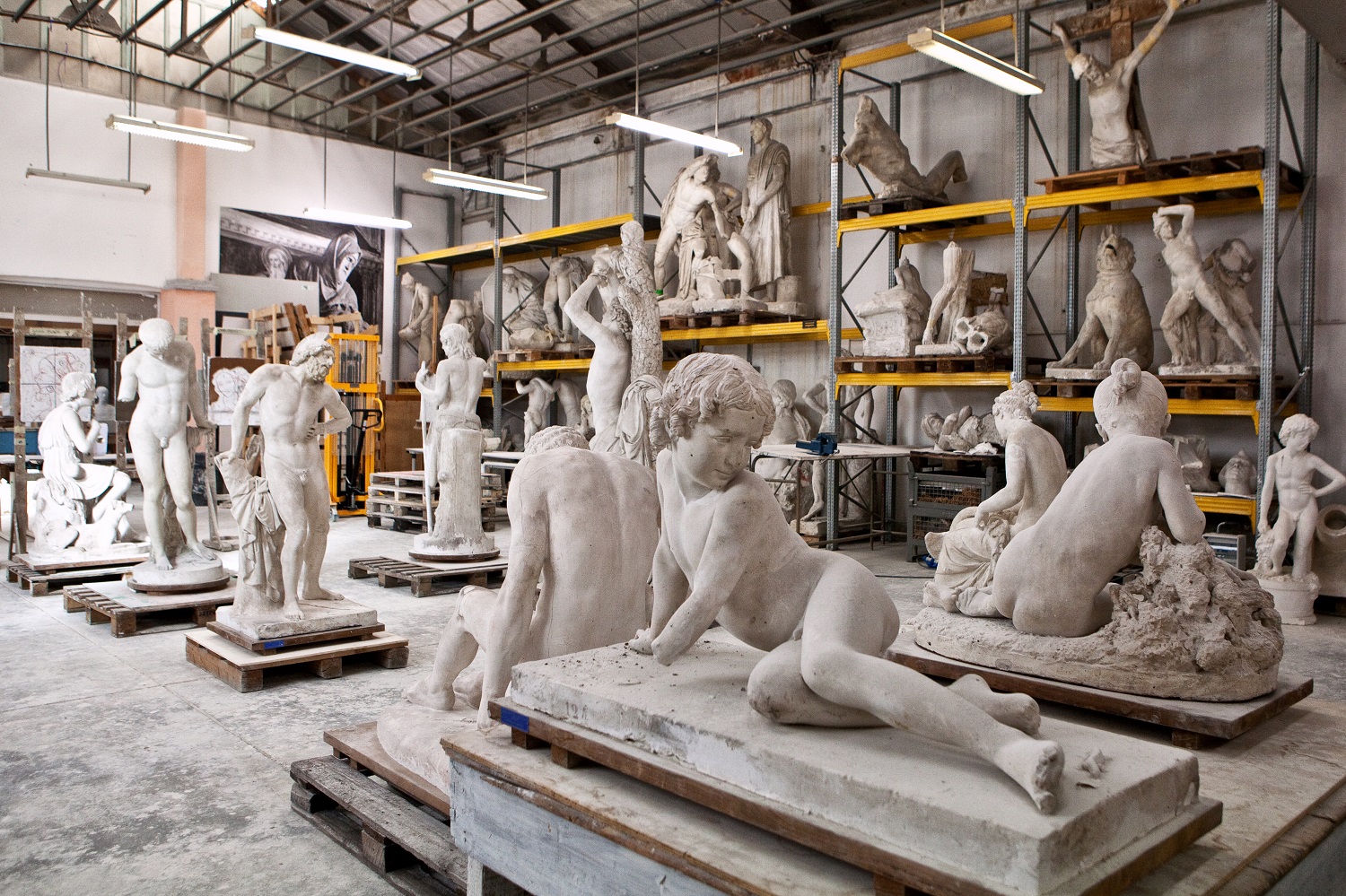
The CARMI - Carrara and Michelangelo Museum celebrates the connection between Carrara and Michelangelo. Spread across three levels, the Museum explores how Carrara marble influenced the artist, starting with his first trip to the city in the late 15ᵗʰ century.
The permanent exhibition includes six thematic rooms with reproductions to scale, holograms of works such as the David and historical materials like prints, documents and photographs. Works by artists such as Rothko and Le Corbusier stand out alongside creations inspired by marble.
The museum is fully accessible.
Diocesan Museum in Massa

The Diocesan Museum in Massa is located on the main floor of the former Palazzo Vescovile, a 16ᵗʰ-century building originally constructed for ‘second tier’ members of the Cybo Malaspina family then the seat of the bishops of Massa from 1822 to 1970.
The Museum was founded to protect and exalt the artistic heritage of local churches. The art gallery permanently holds a number of works for safety and conservation reasons, while others are presented in rotating thematic exhibitions, offering insights into lesser-known aspects of the area’s artistic culture.
The museum is fully accessible.
Apuan Ethnological Museum “Don Luigi Bonacoscia”
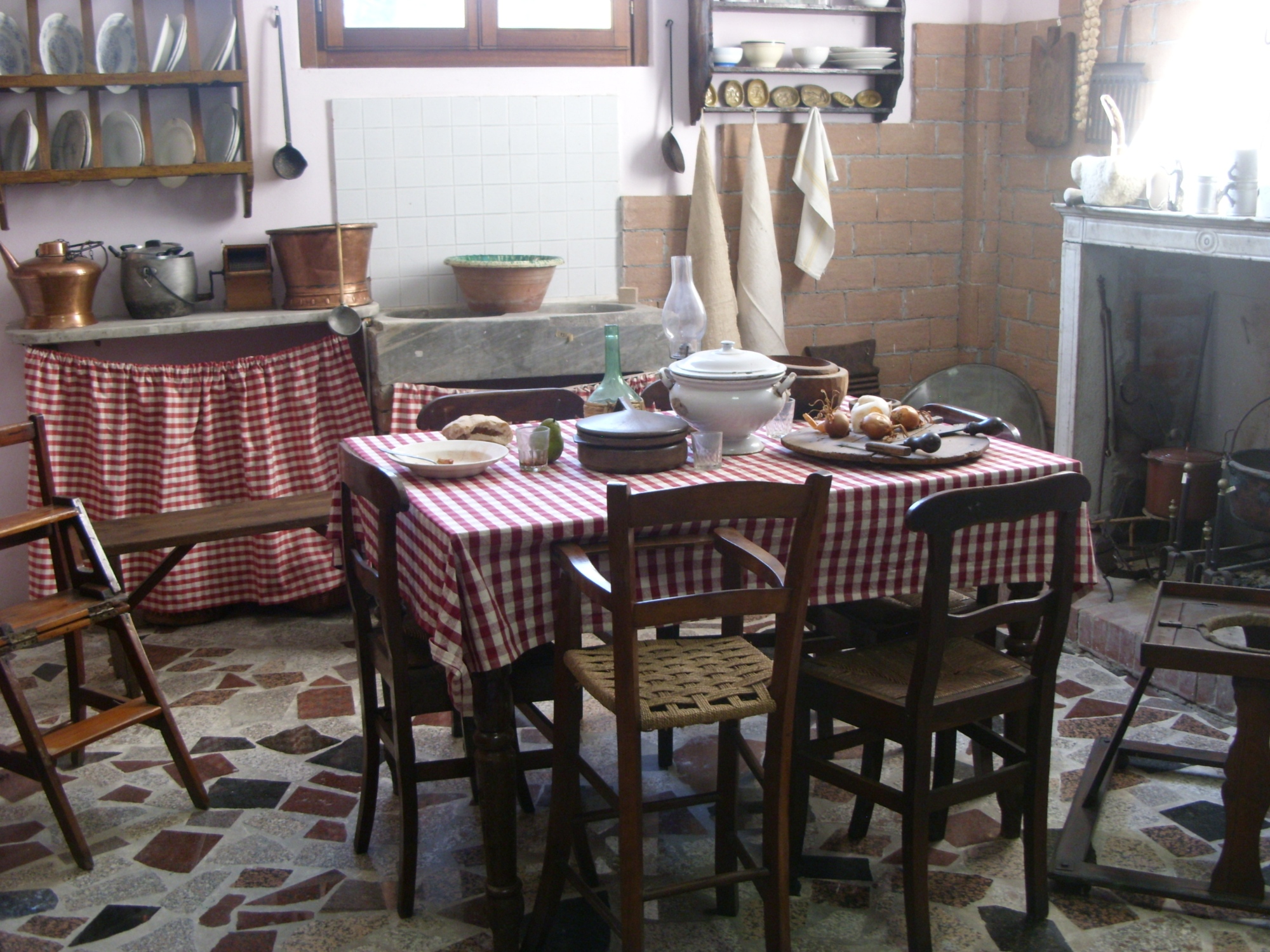
The Apuan Ethnological Museum “Don Luigi Bonacoscia” is located in Massa, preserving and enhancing the popular culture of coastal Lunigiana. Founded in 1980 by Priest Luigi Bonacoscia, the Museum boasts 32 exhibition sections and aims to pass on to future generations the memory of a long-gone civilization.
The collection includes everyday objects related to weaving, agriculture, domestic life and animal husbandry, alongside tools for specific activities such as chestnut harvesting, olive growing, pottery, plus marble and plaster working.
The museum is fully accessible.
Museum Gigi Guadagnucci
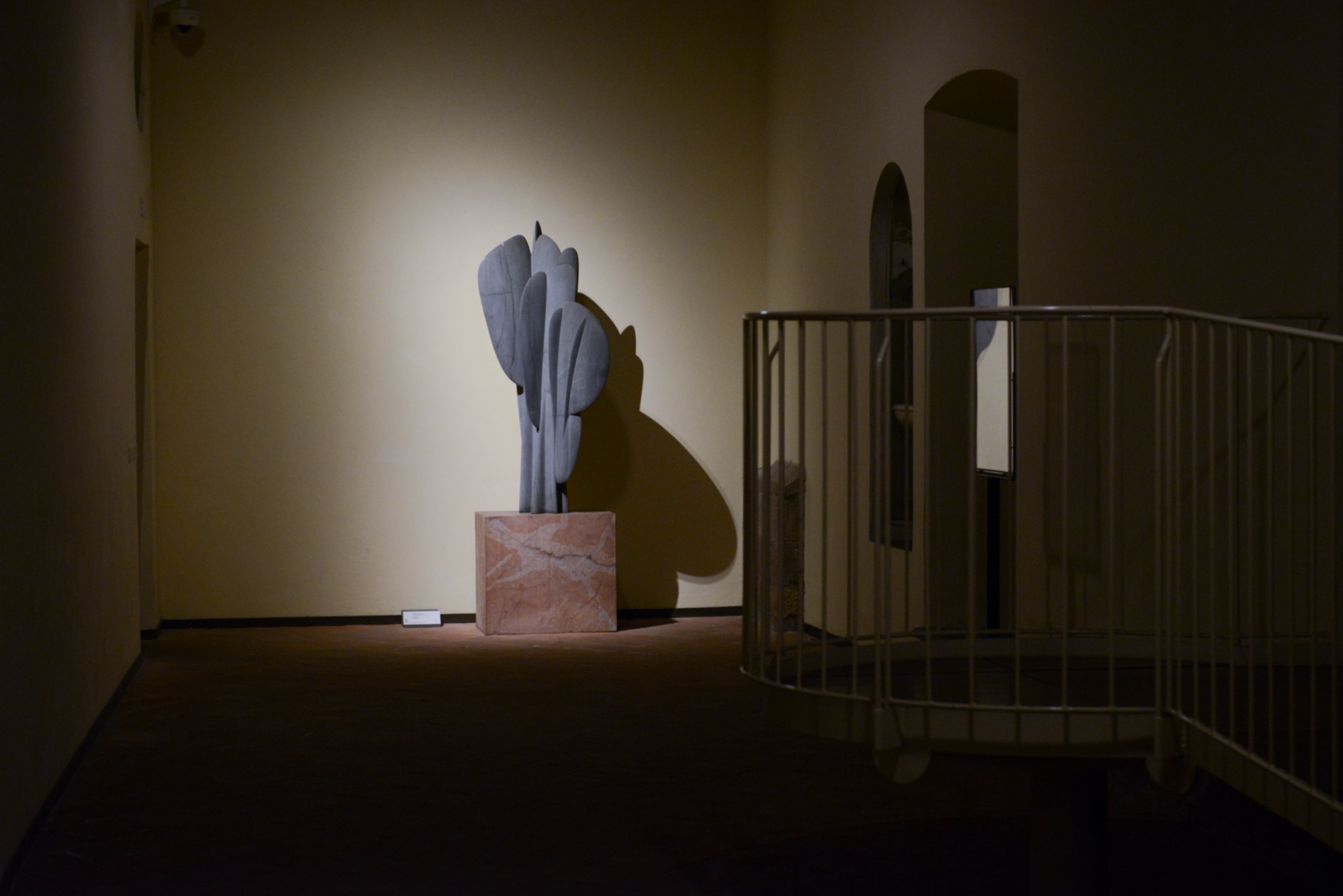
The Museum Gigi Guadagnucci in Massa pays homage to the celebrated sculptor, who was born in the city but trained in France, where he lived for an extensive period of time. Guadagnucci is considered one of the most important masters of 20ᵗʰ-century marble sculpture.
Here, visitors can trace his career through the works displayed in the Museum located in the 17ᵗʰ-century Villa della Rinchiostra, surrounded by a magnificent park. Selected by the artist himself before his passing, the Villa was deemed the ideal place to establish a center dedicated to contemporary art.
The museum is fully accessible.





